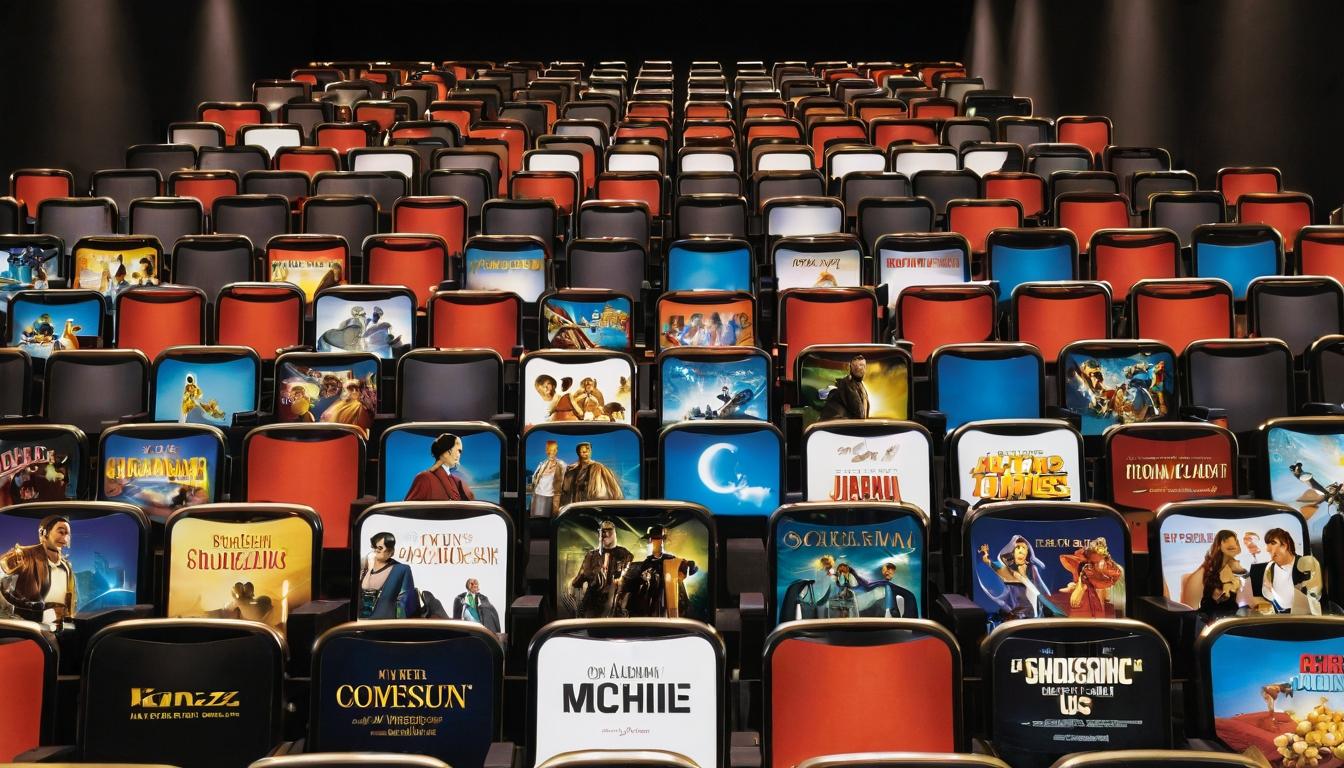There's a peculiar phenomenon happening in living rooms across America. We're surrounded by more content than any generation in history, with streaming services offering thousands of films at our fingertips, yet the collective experience of movie-watching feels increasingly hollow. The paradox of abundance has quietly reshaped our relationship with cinema, turning what was once a sacred ritual into just another form of digital consumption.
Walk into any modern home and you'll likely find family members scattered across different rooms, each watching something different on their personal screens. The shared experience of gathering around a single television to watch a film together has become increasingly rare. Streaming algorithms have perfected the art of personalization, but in doing so, they've eliminated the communal aspect that made movies magical. We're consuming content in isolation, creating millions of individual viewing bubbles rather than shared cultural moments.
The data tells a troubling story. While streaming subscriptions continue to climb, the percentage of viewers who can recall what they watched last week is declining. We're binge-watching entire seasons in single sittings, yet struggling to remember character names or plot details days later. The endless scroll through streaming interfaces has turned movie selection into a form of entertainment itself, with many viewers spending more time browsing than actually watching.
What's particularly fascinating is how this shift has affected our perception of quality. In the age of limited theatrical releases and physical media, films had to earn their place in our collections. Now, with thousands of options available instantly, everything becomes disposable. The emotional investment we once made in carefully selected rentals or theater trips has been replaced by a casual, almost indifferent consumption pattern. We treat movies like fast food – quickly consumed and easily forgotten.
The economics of streaming have fundamentally altered how films are made and marketed. Studios now prioritize content that performs well in algorithms over films that might create lasting cultural impact. The result is an ocean of mid-budget, algorithm-friendly productions that rarely take creative risks. Independent films struggle to find audiences in this environment, buried beneath the tidal wave of streaming originals designed to keep subscribers engaged rather than genuinely moved.
There's also the curious case of decision fatigue. With so many options available, viewers often default to familiar comfort watches rather than exploring new territory. Streaming services have noticed this pattern, which explains why they increasingly rely on established franchises and recognizable intellectual property. The result is a cinematic landscape where originality takes a backseat to brand recognition, creating a self-perpetuating cycle of safe, predictable content.
The physical experience of movie-going hasn't escaped unscathed either. Theaters, once temples of collective wonder, now compete with the convenience of home viewing. While premium formats like IMAX and Dolby Cinema offer spectacular experiences, the average multiplex has become just another option in an oversaturated market. The magic of sitting in a dark room with strangers, all experiencing the same emotional journey simultaneously, feels increasingly like a relic from a bygone era.
Perhaps most concerning is what this means for film culture itself. The watercooler conversations about last night's must-see movie have been replaced by fragmented discussions about niche content. Without shared viewing experiences, we're losing the common cultural language that films once provided. The films that do break through to mass awareness tend to be franchise installments or algorithm-driven phenomena rather than genuine artistic achievements.
Yet there are signs of pushback. The recent success of certain theatrical releases suggests audiences still crave communal experiences. The resurgence of independent cinemas and film festivals indicates that many viewers want more than just convenient content. There's a growing appreciation for curated viewing experiences and the intentionality they bring to movie-watching.
The solution might lie in finding balance. Streaming offers unprecedented access to diverse content from around the world, and that's worth celebrating. But we need to reclaim the intentionality that made movie-watching special. This could mean designating specific nights for family viewing, seeking out independent theaters for special occasions, or simply being more mindful about what we choose to watch rather than defaulting to algorithm recommendations.
What's clear is that the relationship between viewers and films is undergoing its most significant transformation since the invention of home video. The convenience of streaming comes with hidden costs to our cultural landscape and personal enjoyment. As we navigate this new reality, the challenge becomes finding ways to preserve the magic of cinema while embracing the accessibility of modern technology. The future of movie-watching may depend on our ability to be more selective consumers in an age of endless choice.
The streaming paradox: Why we're watching more but enjoying it less

